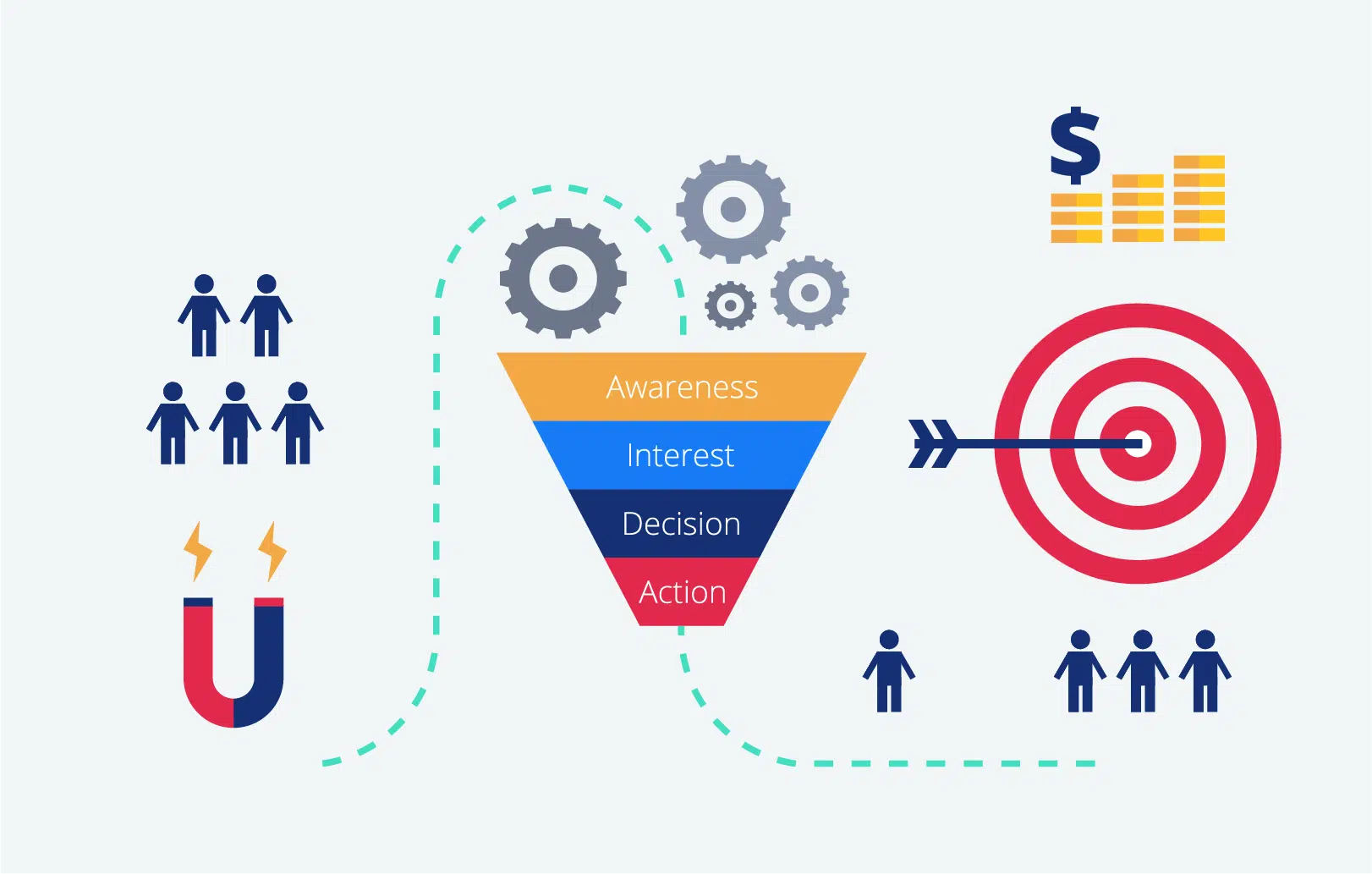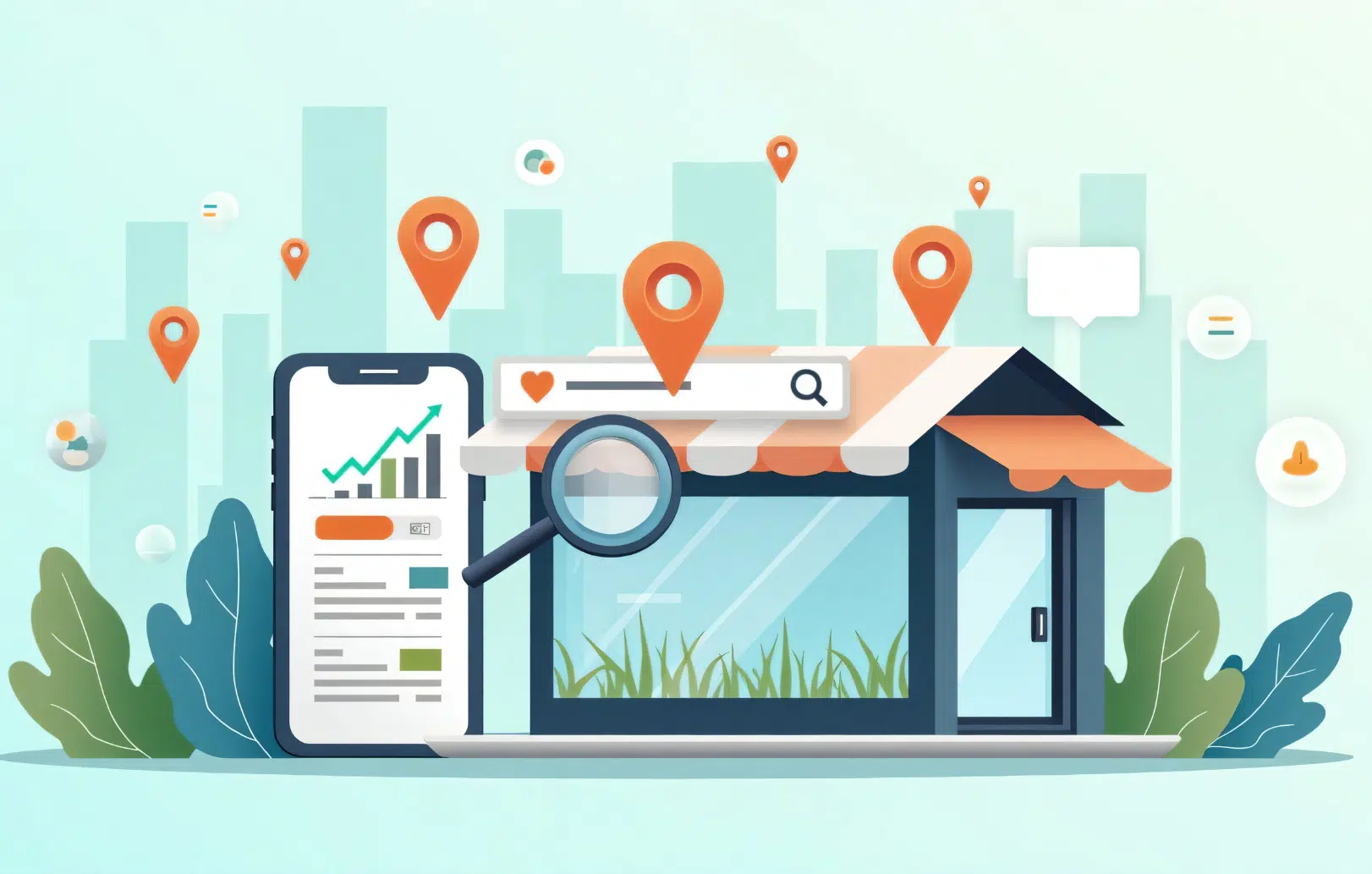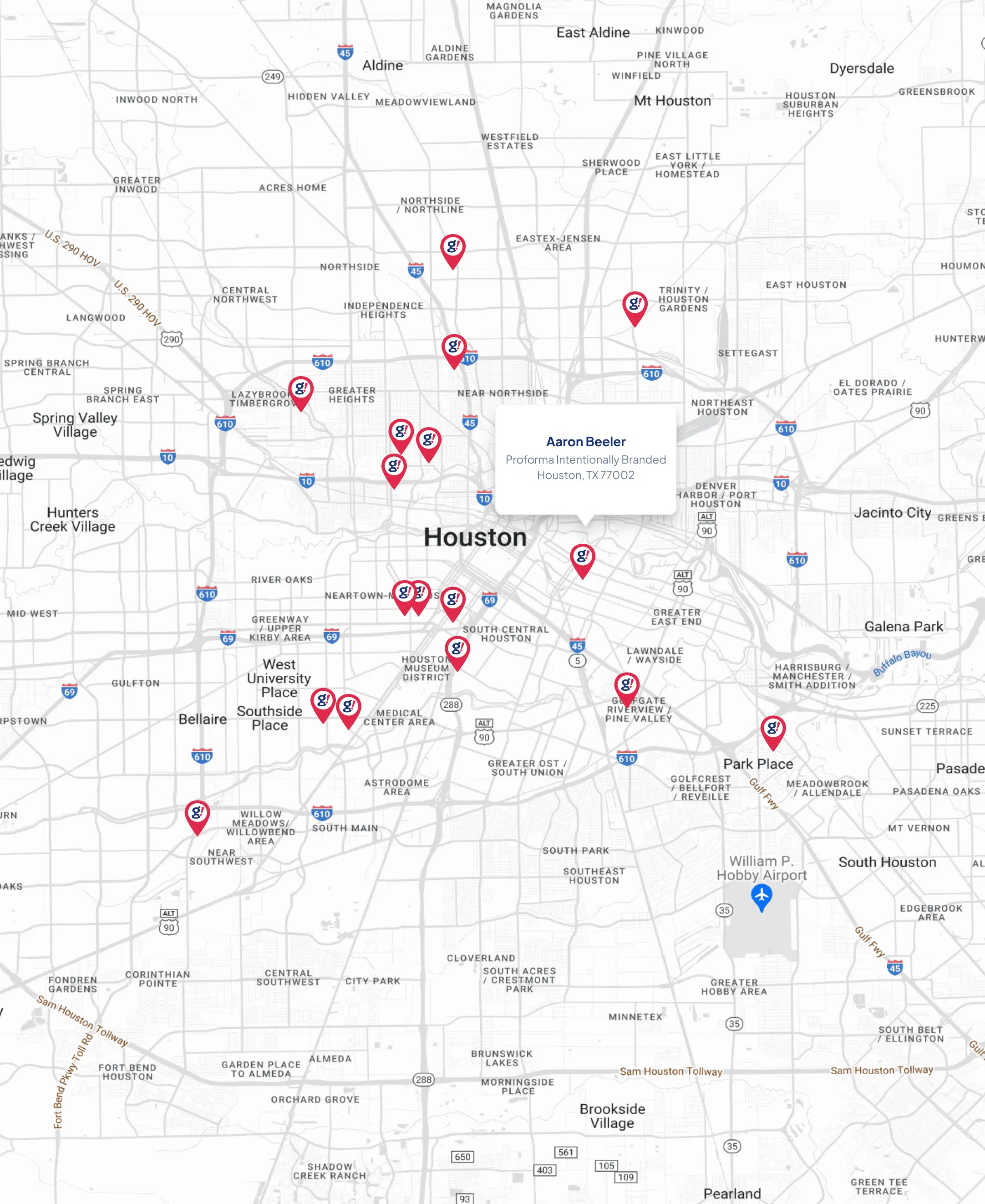In today’s digital-first world, having a website is no longer optional for businesses—it’s a necessity. But simply having a website isn’t enough. To truly succeed, your website needs to be a well-oiled machine designed to convert visitors into leads, and leads into loyal customers. This is where the concept of a strong funnel comes into play. A website funnel guides visitors through a carefully crafted journey, addressing their needs and building trust at every stage. The result? Increased engagement, better conversion rates, and long-term business growth.
Understanding the Website Funnel
A website funnel, also known as a sales or marketing funnel, is the series of steps a visitor takes on your site to achieve a specific goal, such as making a purchase, signing up for a newsletter, or scheduling a consultation. The funnel typically consists of four stages:
Awareness: Attracting visitors to your website through marketing channels such as social media, search engines, and email campaigns.
Interest: Engaging visitors with valuable content, clear messaging, and an intuitive design.
Decision: Persuading visitors to take a specific action by addressing their pain points and showcasing your value.
Action: Converting visitors into customers or leads through optimized calls-to-action (CTAs) and seamless user experiences.
Each stage of the funnel requires a strategic approach to ensure visitors progress smoothly from one step to the next.
Why a Strong Funnel Matters
A strong website funnel is crucial for maximizing the ROI of your online presence. Here’s why:
1.Improved User Experience: A well-designed funnel provides visitors with a clear path, reducing confusion and frustration.
2.Higher Conversion Rates: By guiding visitors through a targeted journey, you increase the likelihood they’ll take the desired action.
3.Data-Driven Insights: Funnels allow you to track user behavior and identify areas for improvement, enabling continuous optimization.
4.Scalability: A strong funnel can handle increased traffic without sacrificing performance, making it an essential tool for growth.
Building an Effective Website Funnel
Creating a strong website funnel requires thoughtful planning and execution. Here are the key components:
1.Clear Objectives • Define the primary goal of your funnel. Is it to generate leads, drive sales, or increase sign-ups? Clarity in your objectives will shape the rest of your strategy.
2.Target Audience Research • Understand your audience’s needs, pain points, and preferences. This knowledge will inform your content, design, and messaging.
3.Compelling Content • Create content that resonates with your audience at each stage of the funnel. For example, blog posts and videos for the awareness stage, case studies for the decision stage, and testimonials for the action stage.
4.User-Friendly Design • Ensure your website is visually appealing, easy to navigate, and mobile-friendly. A cluttered or confusing design can derail even the best funnel.
5.Strategic CTAs • Place clear and persuasive CTAs throughout your website. Use action-oriented language and emphasize the benefits of taking the next step.
6.Landing Pages • Create dedicated landing pages for specific campaigns or offers. These pages should be focused, relevant, and optimized for conversions.
7.Lead Magnets • Offer valuable resources such as eBooks, templates, or free trials in exchange for visitors’ contact information. This helps you capture leads and nurture them over time.
8.Analytics and Testing • Use tools like Google Analytics and heatmaps to track user behavior and identify drop-off points. Regularly test and optimize your funnel elements to improve performance.
Real-World Examples of Strong Website Funnels
1. Shopify Shopify’s website funnel is a masterclass in simplicity and effectiveness. Their homepage immediately communicates value and directs visitors to start a free trial. Throughout the funnel, they use clear CTAs, customer success stories, and personalized recommendations to guide users toward becoming customers.
2. HubSpot HubSpot leverages an extensive library of free resources to attract and engage visitors. Their funnel seamlessly transitions from educational content to lead generation, with targeted CTAs and a user-friendly experience.
3. Airbnb Airbnb’s website funnel focuses on building trust and removing barriers. They use high-quality visuals, personalized search filters, and clear messaging to guide users from browsing to booking.
Common Pitfalls to Avoid
While building a website funnel, watch out for these common mistakes:
1.Lack of Clarity: If visitors can’t understand your value proposition or next steps, they’re likely to leave.
2.Too Many Distractions: Avoid cluttered pages with excessive links, pop-ups, or irrelevant content.
3.Ignoring Mobile Users: Ensure your funnel is fully optimized for mobile devices, as a significant portion of traffic comes from smartphones.
4.Neglecting Follow-Up: A funnel doesn’t end at conversion. Use email campaigns and retargeting ads to nurture leads and encourage repeat business.
Conclusion
A website with a strong funnel is more than just a digital presence—it’s a strategic asset that drives measurable results. By understanding your audience, crafting compelling content, and optimizing each stage of the funnel, you can transform your website into a powerful tool for growth. Whether you’re a small business or a large enterprise, investing in a strong website funnel is one of the smartest decisions you can make in today’s competitive marketplace. Start building your funnel today and watch your business thrive.







